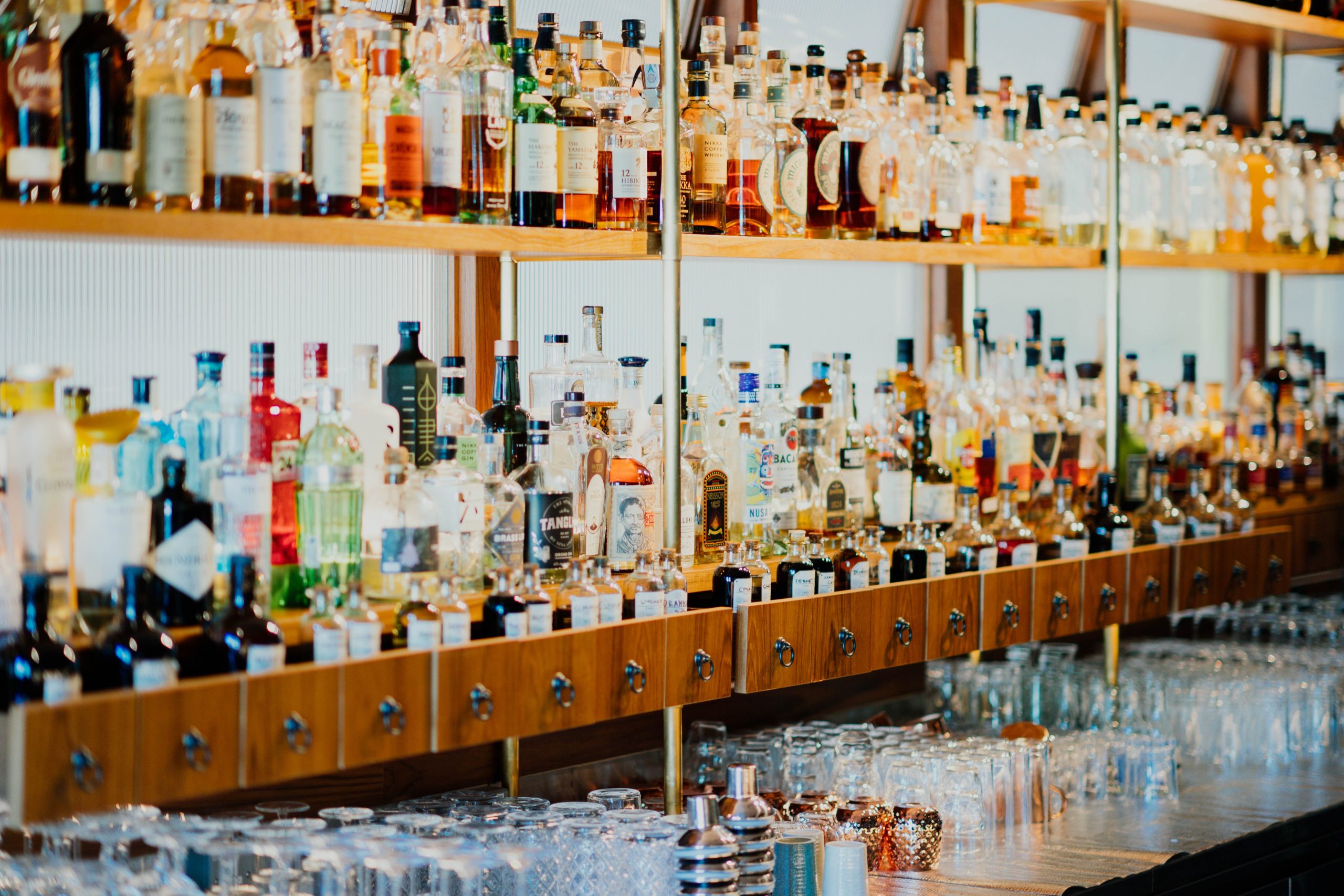According to Fortune Business, the food and beverage industry stands as one of the largest in the U.S. and continues to experience growth. Projections indicate that the alcoholic beverage market is set to double by at least 2029. Unfortunately, the growth in this industry has a dark side, with 37 people losing their lives in drunk driving-related accidents every day – equivalent to one person every 39 minutes. In recent years, acquiring liquor liability coverage has become increasingly challenging due to shrinking capacity and carrier appetites. This shift is influenced by various factors, including shifts in the legal landscape and rising expenses linked to claims.
As the liquor market continues to harden, the carriers are inundated with submissions, and it is imperative we work together to help provide solutions for liquor liability insurance. Evolving appetites have resulted in underwriting guidelines becoming even more stringent than in the past. To better navigate this landscape, we have compiled a list of risk characteristics that can significantly influence both pricing and the acceptability of a risk:
- Loss experience and loss prevention techniques implemented.
- Procedures for handling intoxicated patrons.
- Hours of operation.
- Is there any on-premises entertainment offered? Carriers review how often and the different types including but not limited to karaoke, live entertainment, pool tables and outdoor activities.
Characteristics of the risk: what type of management experience, staff training, the average age of patrons (is risk near a university?), are minors allowed on premises? - Various security features
- Are there security cameras?
- Is the security company a 3rd party operation?
- Are IDs checked at the door?
- Are background checks done on employees?
While this list doesn’t encompass all items reviewed in underwriting, it does serve as a starting point for addressing risks individually. We are consistently exploring additional avenues to remain at the forefront of the liquor liability market. Here are a few collaborative approaches we can take to find tailored solutions for your clients:
Provide complete submissions.
- Each market is looking for completed applications, currently valued loss runs (5 years) and supporting intel about the bar.
- Keep social media sites up to date. All carriers are reviewing social media outlets to determine if the risk is acceptable and meets their guidelines.
- Introduce and develop risk management techniques and controls in place to help mitigate liquor liability exposures.
Reach out to your commercial binding underwriter to assist as needed on these types of accounts. We appreciate your partnership and collaboration as we navigate this challenging market.
Click here for a printable version of this article.
